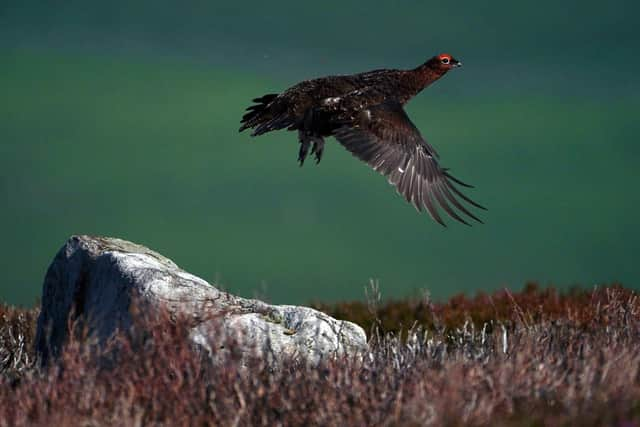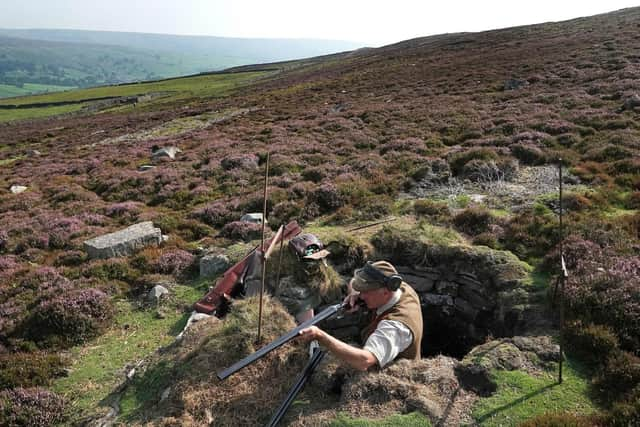Grouse shooting is 'most sustainable way' of managing Yorkshire's moorlands when done correctly, report finds


A review into the issue carried out by experts at the University of Northampton (UoN) has claimed there is currently “no better” alternative to grouse shooting which can deliver the same benefits when it comes to integrated moorland management.
The report comes days before the grouse shooting season begins later this week, on August 12, commonly known as the "Glorious Twelfth".
Advertisement
Hide AdAdvertisement
Hide AdAcademics at UoN said that integrated moorland management was the best use of UK uplands under current International Union for Conservation of Nature (IUCN) targets.


They also concluded that grouse shooting can be done sustainably when managed correctly.
Authors of the report collected a wealth of scientific evidence on both sides of the argument for shooting grouse, with the report overseen by Oxford University’s Professor James Crabbe in order to be as objective as possible.
Prof Crabbe said: “We’ve looked at all sides of an argument in an attempt to be as objective as possible, and to remove any emotional and political elements which driven grouse shooting has in the past engendered.
Advertisement
Hide AdAdvertisement
Hide Ad“We feel that the report will be very important in making sure that negative environmental, economic and social impacts will not be used in this important part of our land and our heritage.”


Grouse shooting remains an integral part of moorland management in various parts of the Yorkshire and Humber region, including the North York Moors national park and the Nidderdale Area of Outstanding Natural Beauty (AONB), as a means of maintaining the moor’s biodiversity.
The Campaign for Protection of Moorland Communities said the 262-page UoN report was “one of the most extensive pieces of work ever conducted on moorland management”.
A spokeswoman said: “The authors have completely rejected the notion that grouse shooting is bad for environment, for communities and that it is economically insignificant, proving what we’ve always said.
Advertisement
Hide AdAdvertisement
Hide Ad“If opponents of grouse shooting gave some honest energy to working with local communities and the grouse shooting industry, rather than continuously fighting against it, it would be remarkable how much more could be achieved for everyone’s benefit, not least the nature that thrives on managed uplands.”
However, Luke Steele, Executive Director of Wild Moors and a prominent campaigner against grouse shooting, said many of the species had been 'decimated' and that efforts instead should be focused on rewilding moorlands and conservation of peatlands and wetlands, which are thought to store tonnes of carbon each year.
He pointed to recent decisions made by Yorkshire Water - who own swathes of upland in the region - not to renew tenancies on two of its moors for grouse shooting.
“Instead of paying for reports to mark its own home work, the grouse moor lobby needs to move with the times and rewild the uplands," he said.
"A raft of independent science shows this will unlock a portfolio of benefits - including flood protection, carbon storage and biodiversity - for nature and millions of people”.